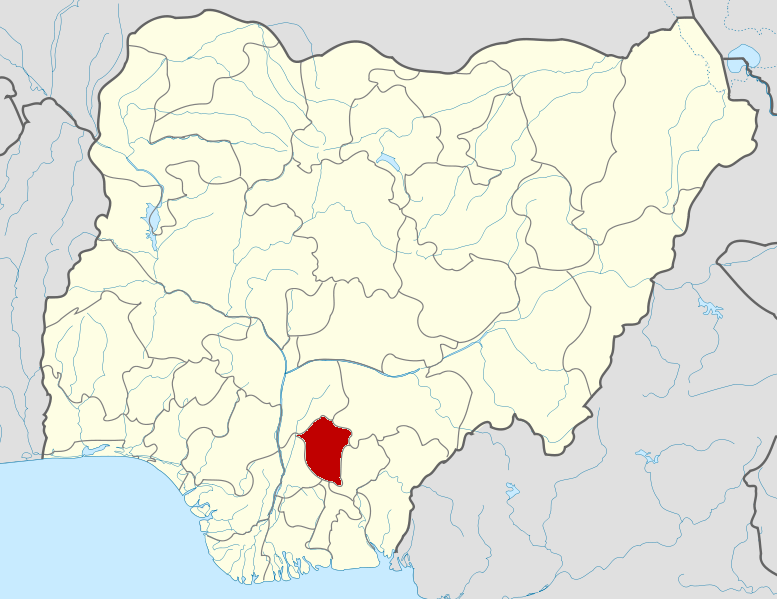Reduce waste and save money with these paper towel alternatives.
Published on June 25, 2025
Andrey Nikitin / Getty Images
Paper towels may be a go-to in many homes—but they probably shouldn’t be. These single-use products can take much more energy to produce (and distribute) than washing reusable cleaning cloths at home. In the United States alone, consumers use 13 billion pounds of paper towels annually, more than any other country by a long shot. Every ton of paper towels requires 17 trees and 20,000 gallons of water to produce.
And not to mention, constantly restocking paper towels can quickly get expensive! If you’re looking for ways to reduce your paper towel use, we have some easy swaps to share. You likely already have the materials at home to make the switch, and swapping paper towels for real towels, cleaning cloths, and rags can help find new life for your old clothing, sheets, and towels originally headed to the dump.
If you’re accustomed to patting foods dry with paper towels, switch to cheesecloth or muslin, which absorb moisture and can be easily cleaned in the washing machine. Terry cloth, or any tea towel or kitchen cloth, can also work.
Jan Hakan Dahlstrom / Getty Images
These reusable towels-meet-sponges are made of biodegradable plant-based cellulose and some cotton. They can absorb up to 20 times their weight in liquid, making them great for mopping up spills—rinse, wring, and repeat! They don't cost much, and one cloth can do the work of 17 rolls of paper towels.
Drying your clean hands with paper towels isn’t ideal. Instead, have dedicated hand towels in the kitchen, bathroom, mud room, laundry room, or wherever else you find yourself washing and drying your hands.
Swap out these towels every few days or after guests visit to keep everything hygienic. (Your hands and home deserve it.)
Kseniya Romazanova / Getty Images
Microfiber towels are ideal for cleaning because they don’t leave smudges or little flecks of paper on clean surfaces. You can wash them easily in the machine and they can last for years. You can even lie them all out—slightly overlapped—and roll them up like a paper towel roll, pulling one off as needed. Keep a laundry basket nearby to collect used ones for the wash.
If you've made a habit of using paper towels as napkins, time to break it—and elevate your hosting game. You can find inexpensive cloth napkins at most home goods or resale stores, or you can make them yourself with recycled textiles.
Cloth napkins can make a sofa dinner feel fancier or offer a fun project if you're looking for something to embroider, tie dye, or otherwise customize. They're a trifecta of an investment in your serveware, a way to show off your style, and a useful alternative to paper towels.
brizmaker / Getty Images
There’s a reason chefs and cooks are often seen with a towel tucked into their aprons or over their shoulders—they’re so useful! A kitchen towel can help clean up minor spills, splatters, and splashes, and is more efficient than reaching for paper towels as needed. Kitchen towels can also double as spoon rests or pot holders, and are overall a versatile swap for any paper towel.
It's pretty simple: If you don’t have paper towels around, you can’t use them! See what life is like without the easiest solution available and in what instances you may miss paper towels, if at all. You can determine from there if they're worth purchasing again in the future.
Con Poulos
Instead of letting bacon or other fatty foods rest on a paper towel after cooking, allow them to sit on a rack, which allows the excess grease to drip off and help keep the bacon crisp.
Align the rack over a baking sheet to catch any grease, and then dispose of properly.
Invest in reducing mess! Commit to ensuring lids are always tightly secured, set tables with washable placemats, and use splash guards and spoon rests as needed. These efforts can help avoid spills that require cleanup in the first place.











